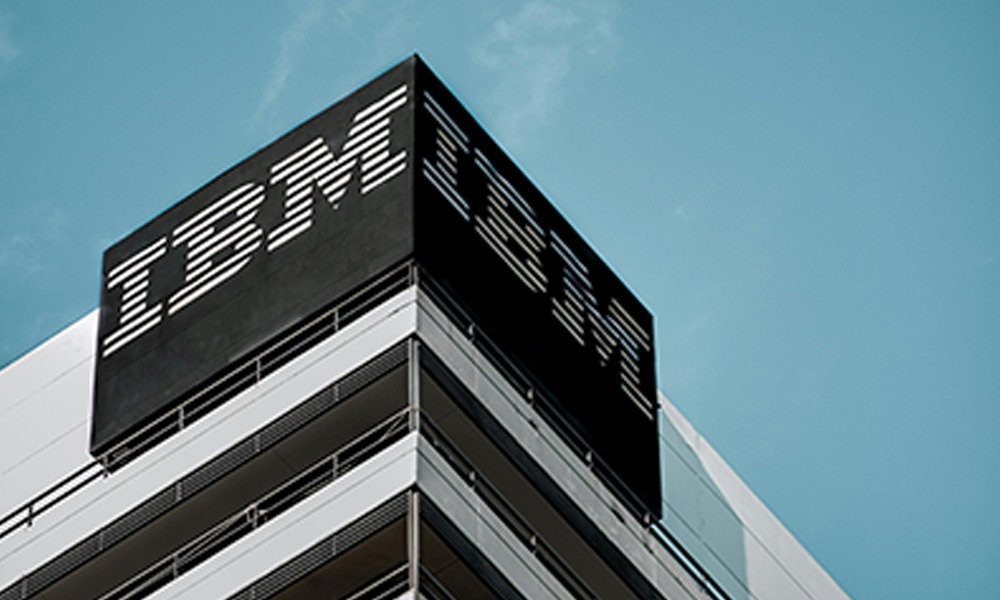The IT industry is full of jargon and acronyms, and data center management is perhaps one of the worst offenders. At Procurri, we encounter numerous abbreviations on a daily basis and several of them are very similar. Here, we explain some of the most common to help navigate their meanings and ensure you fully understand their meaning.
EOSL: End of Service Life/End of Support Life
The End of Service Life date is considered by the OEM (Original Equipment Manufacturer) to be the final phase in the lifecycle of data center hardware. At this point, a specified date that usually occurs 3-5 years after initial sale, the OEM withdraws the hardware from sale and no longer offers support agreements, OS (Operating System) updates and patches, or maintenance on the model.
Despite common misconception, EOSL does not necessarily equate to the end of the hardware’s life entirely and there are options available for data center hardware that has reached this point to continue in operation. However, traditionally, data center assets would at this point be scrapped and replaced with newer models for which the OEM offered support and maintenance.
LDOS: Last Date of Support
The LDOS is the same point as EOSL – the last point at which an OEM will offer support for a model of hardware.
EOL: End of Life
EOL has two different meanings, depending on who is using it. From an OEM’s point of view, EOL refers to the date at which they withdraw a model of hardware from sale; usually to replace it with a newer model on which they focus attention.
In the IT channel, EOL refers to the true ‘end of life’ of hardware – the point at which it ceases to function and is disposed of. This hardware be either scrapped, or parts and materials from it recycled or refurbished.
EOS: End of Sale
EOS is the point at which the OEM no longer sells the model of hardware and discontinues it from their range. This does not mean that the equipment ceases to function, but rather than it is no longer available for purchase as ‘new’.
EOD: End of Development
EOD is the point at which an OEM ceases development and production of hardware’s OS. This means that no further software updates or firmware patches are available, and the OEM will withdraw their support and maintenance services for this model of hardware.
Sale Date
The Sale Date of hardware is the date at which it is launched and brought to market for sale. The hardware is then known as being in GA (General Availability) and can be purchased.
ITAD: IT Asset Disposition/IT Asset Disposal
ITAD is the process of disposing of e-waste properly, securely and responsibly. E-waste must be processed in a way that removes and destroys the data held within it, then ensures all materials are disposed of in a way that does not harm the environment (as IT hardware often includes toxic and hazardous materials). ITAD includes:
- Data erasure/data sanitization/data destruction in line with relevant compliance requirements
- Repurposing and recycling of materials as appropriate
- Disposal and destruction of assets that cannot be recycled
- Remarketing and resale of assets that can be salvaged.
ITAD has historically been a wasteful practice. However, Procurri works on a zero-to-landfill basis for ITAD with all assets being recycled, refurbished or even resold as appropriate. Get in touch with the Procurri team to learn more on our Carbon Neutral ITAD practices and the prospect of generating income through resale of EOL hardware assets.
How to find out when Hardware reaches EOSL
An OEM will usually provide an estimated EOSL date upon sale of hardware. If you’re not able to access this information or weren’t provided it, you can look up the date on the Procurri EOSL search by manufacturer.
What to do with EOSL Hardware Assets
When hardware reaches its designated EOSL point as dictated by the OEM, there are several options available for their owners. These include:
Extending the OEM Warranty (where available)
In some cases, OEMs will offer support services or an extended warranty past their EOSL point. This usually comes at a premium cost but will provide basic continued support for otherwise discontinued models of hardware.
Investing in Third Party Maintenance Services
Third Party Maintenance services are where a specialist independent company who are not an OEM provides support for hardware past its EOSL point. This is usually considerably cheaper than OEM services, but service levels vary between providers.
Self-support
If the business operating the hardware has the necessary IT expertise and skills in-house, they may choose to continue maintenance themselves utilizing their own resources. This is, however, fairly uncommon as not many businesses have such knowledge at their disposal.
Replacing Hardware
Traditionally, IT hardware was disposed of at its EOSL point and replaced with a newer model. This is the least cost effective and least sustainable option, but was very much the ‘status quo’ in the IT industry until the last few years.
How to Extend the Life of EOSL Hardware
When an OEM withdraws their support of hardware, Third Party Maintenance is usually a cost-effective option for businesses to continue using their assets and derive as much value from them as possible. Procurri offers these services, and they are frequently more comprehensive than the support offered by OEMs. Procurri’s Global Maintenance includes:
- Storage, server and network maintenance services
- Expert level 3 and 4 engineers available remotely or on-site for support as needed
- Flexible and short-term contracts
- Customizable SLAs (Service Level Agreements)
- 24×7 support through our ‘Follow The Sun’ call centre model
- Coverage available in over 100 countries
- Access to the industry’s largest parts inventory for any spare parts or repairs.
Are EOSL policies the same across OEMs?
Unfortunately, EOSL policies vary between not just OEMs but also their own models of hardware. While the general rule of thumb is that hardware will reach its EOSL point between 3-5 years of age, some will then go on to offer extended warranties and some won’t.
What happens when a Data Center has a mixed-OEM configuration?
Many data centers have configurations that have hardware from more than one OEM. The availability of Third Party Maintenance services to work with such configurations is dependent on the company offering it – but Procurri works across all OEMs, no matter the complexity of the hardware present.
What happens when a Data Center has parts reaching EOSL at different times?
The nature of data centers is that often different hardware models are used in conjunction, with the EOSL dates occurring at different times. Procurri’s Third Party Maintenance services can be applied no matter how varied the configuration of a data center.
Do Data Center Servers suffer compromised performance post-EOSL?
Without any maintenance, software updates of firmware patches being installed, it is true that the performance of data center servers will decline. However, this performance dip can be negated through the introduction of Third Party Maintenance, which continues these services even after the OEM ceases to offer support. The exact performance metrics vary between providers, but Procurri offers minimal downtime and even a proactive monitoring service known as the Procurri Genie to predict events before they occur!
How does Proactive Data Center Monitoring work?
Procurri Genie takes a two-pronged approach to the monitoring and audit of data centers. To begin with, a comprehensive overview of all data center hardware is undertaken to judge its capacity, speed, performance and availability. This can provide a picture of how well the hardware meets its demand as well as indicate just how long past an EOSL date its lifespan can be likely extended for. Then, Procurri can collaborate with your business on a plan to sufficiently manage, run and eventually refurbish or replace network, storage, and server devices – however old or specialized the equipment.
Secondly, a proactive monitoring system is installed across all hardware components. This system allows for any potential issues to be identified before they occur and escalate. This results in minimal (if any) downtime or disruption to end users, as well as giving businesses peace of mind that even legacy equipment can continue to perform.
For more information on Procurri Genie used in conjunction with Third Party Maintenance services, get in touch with the team today!




